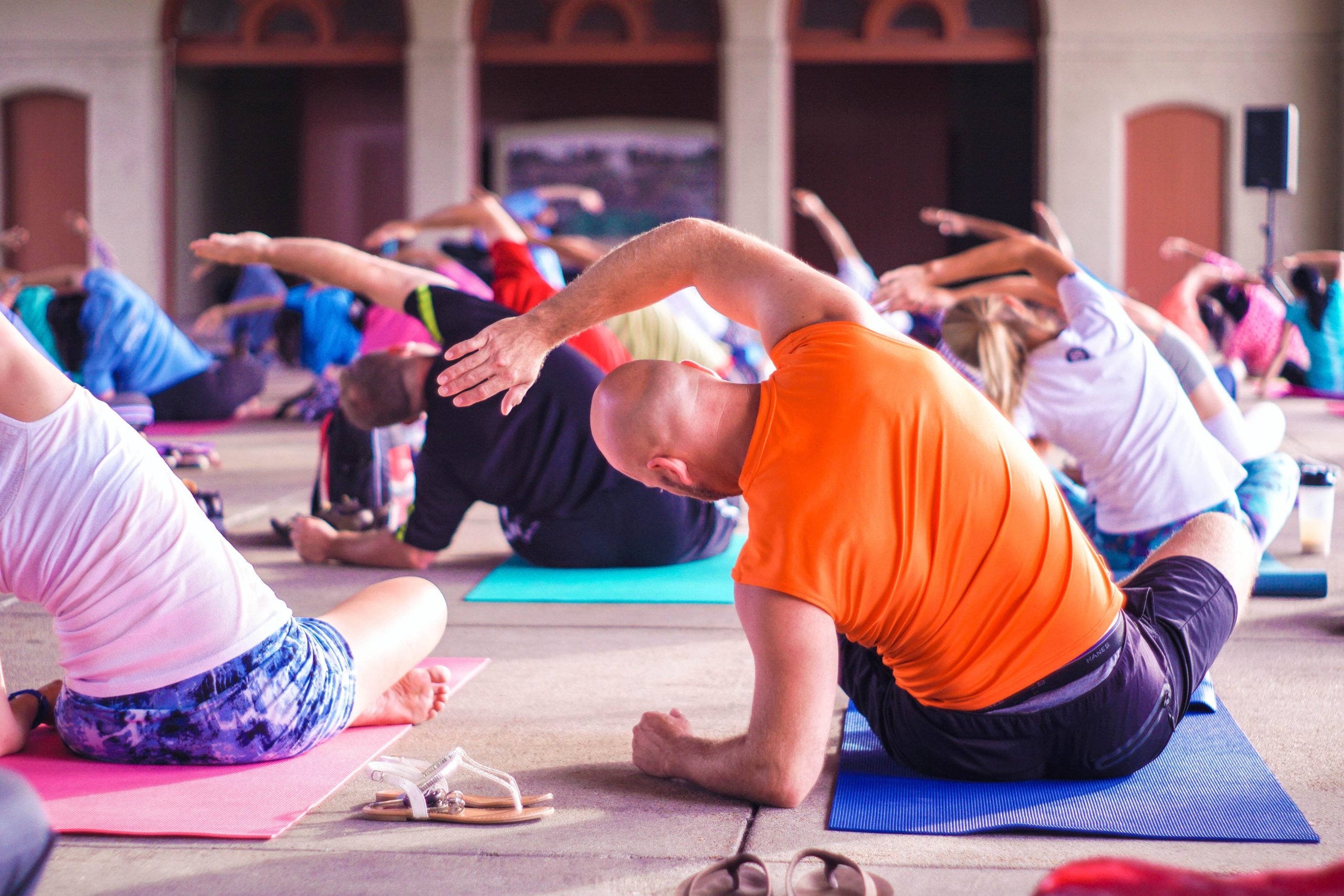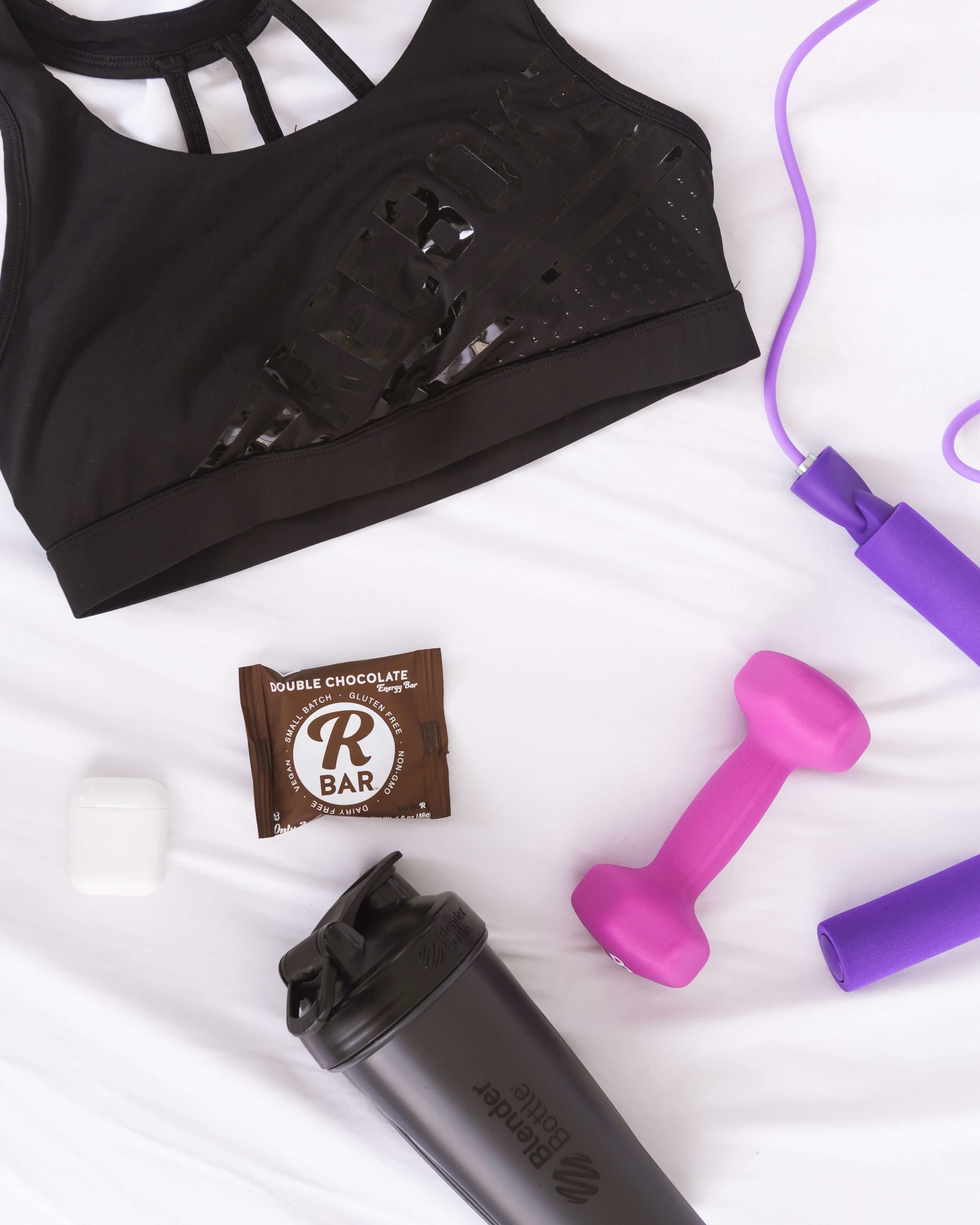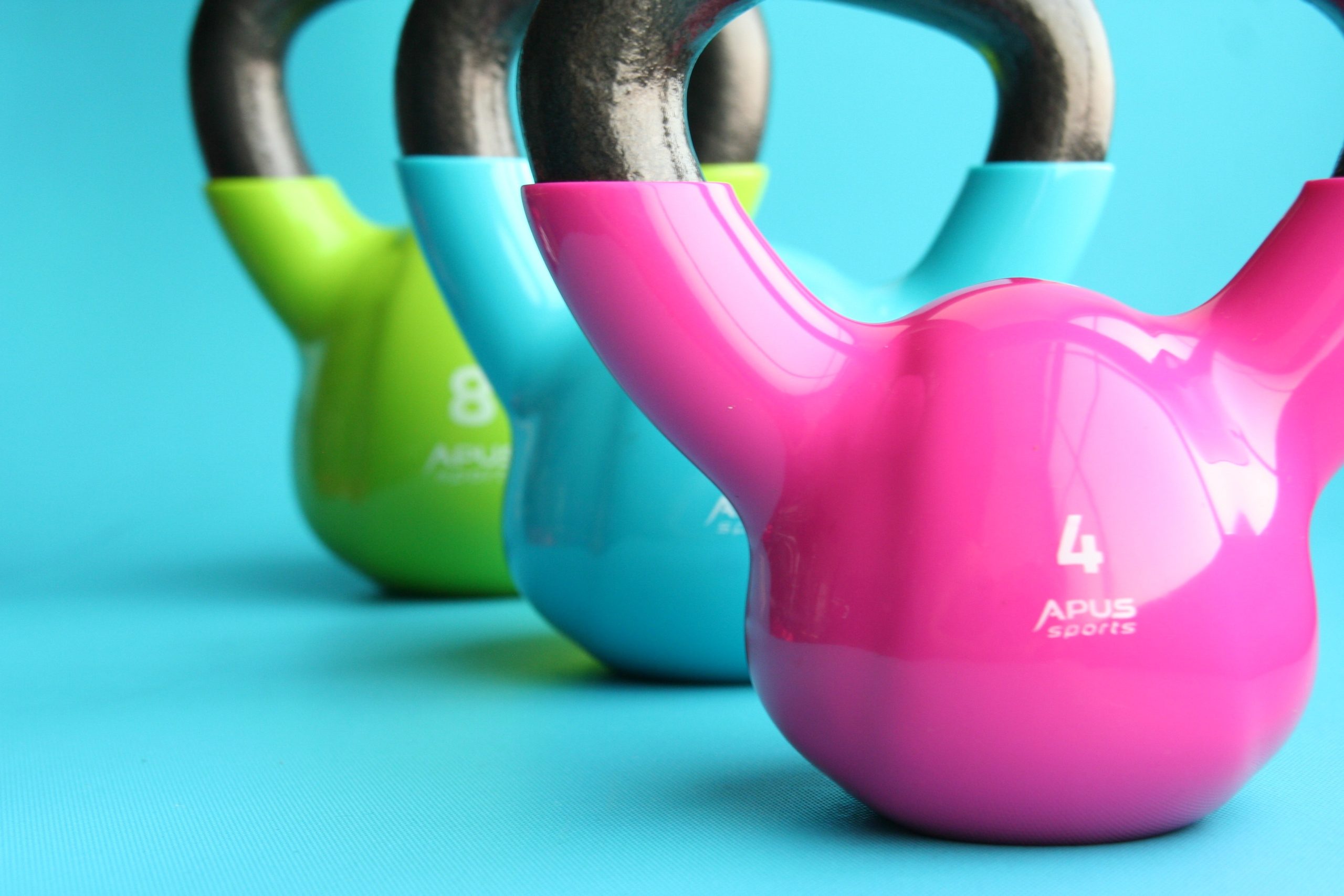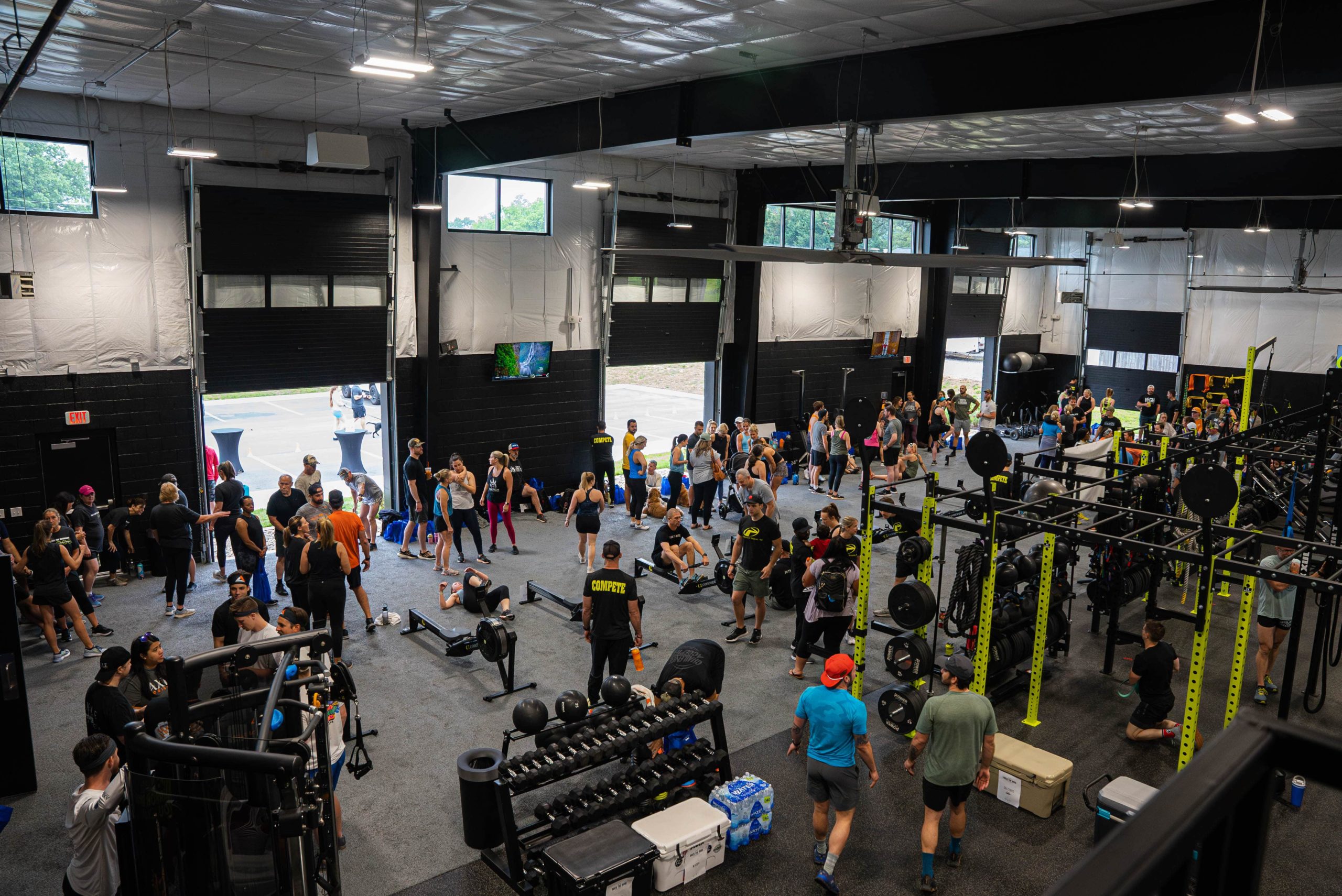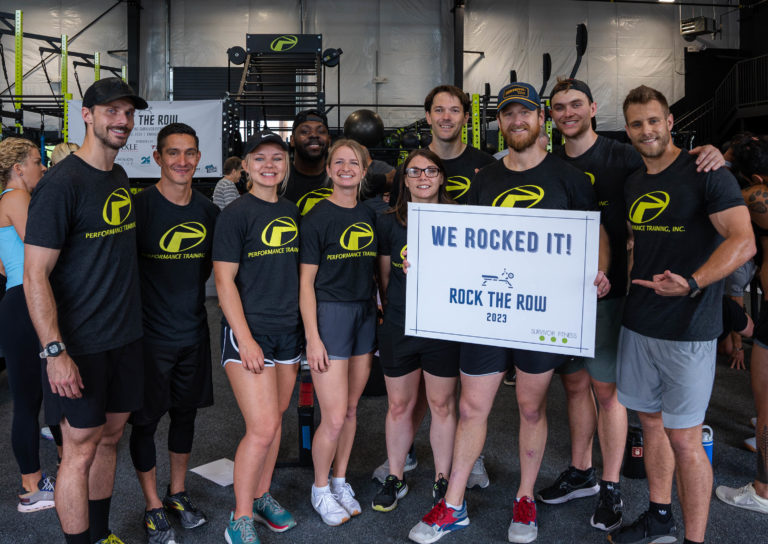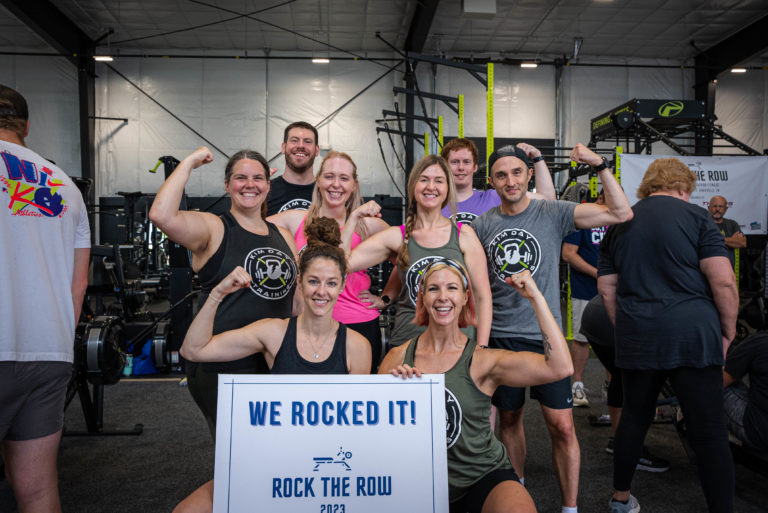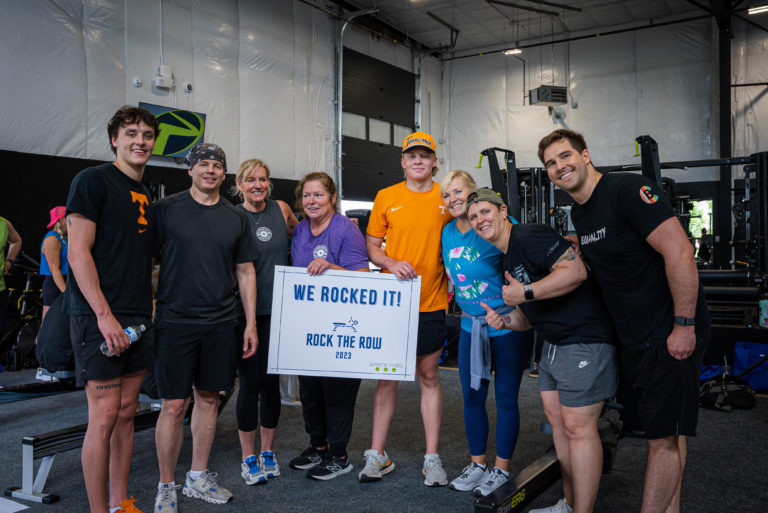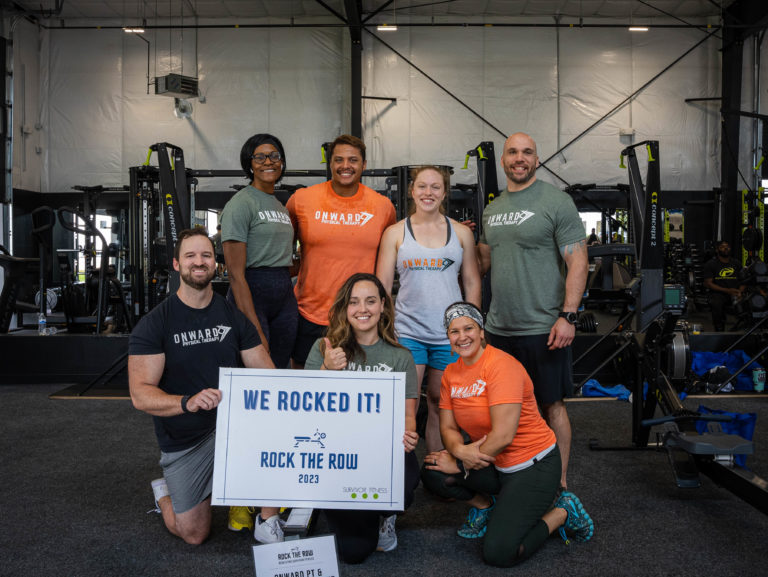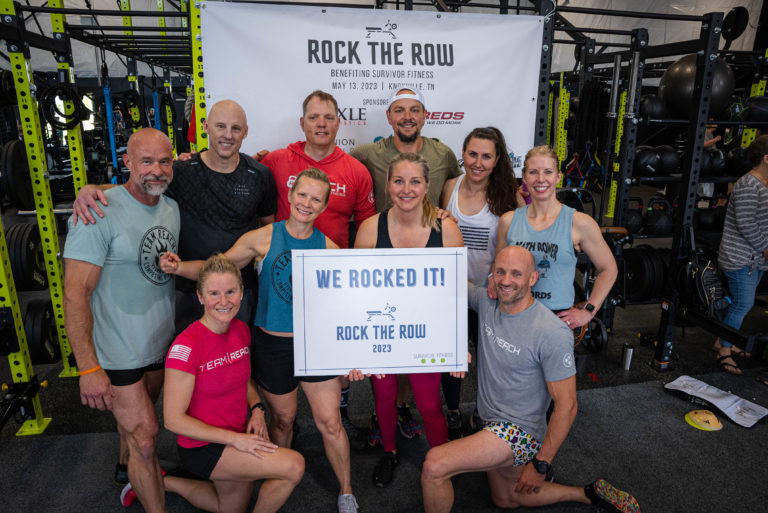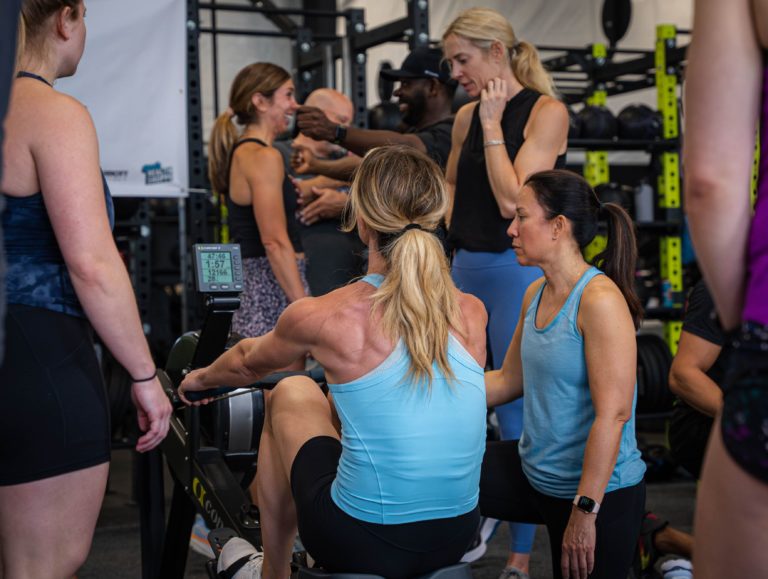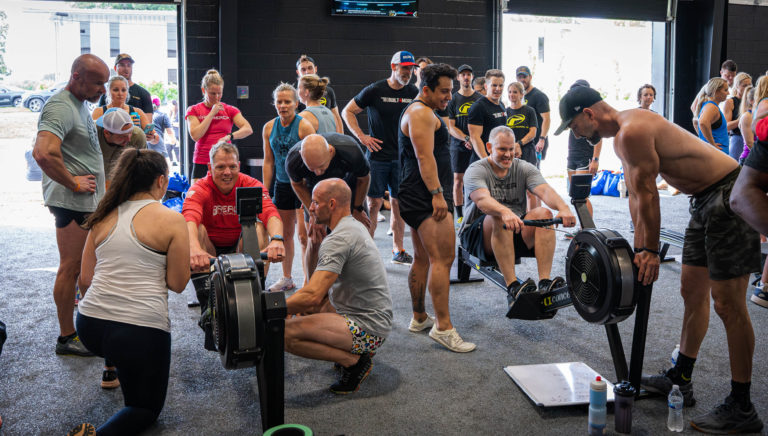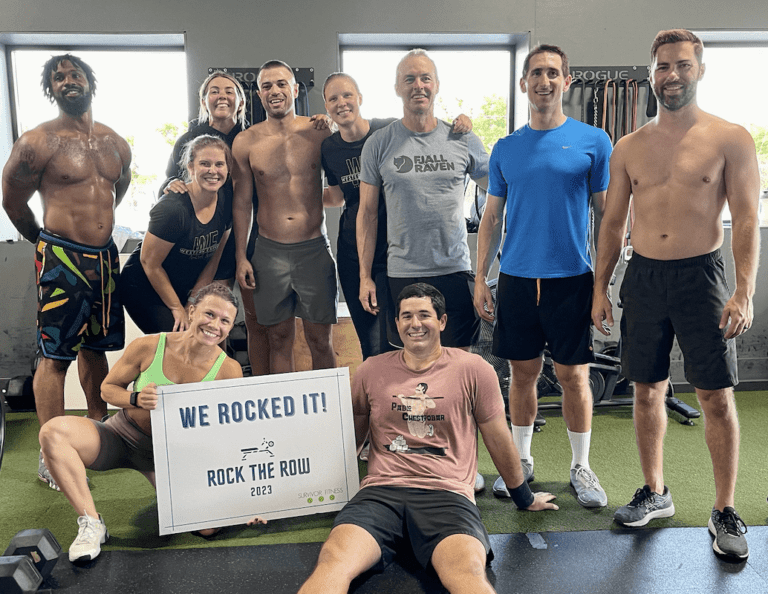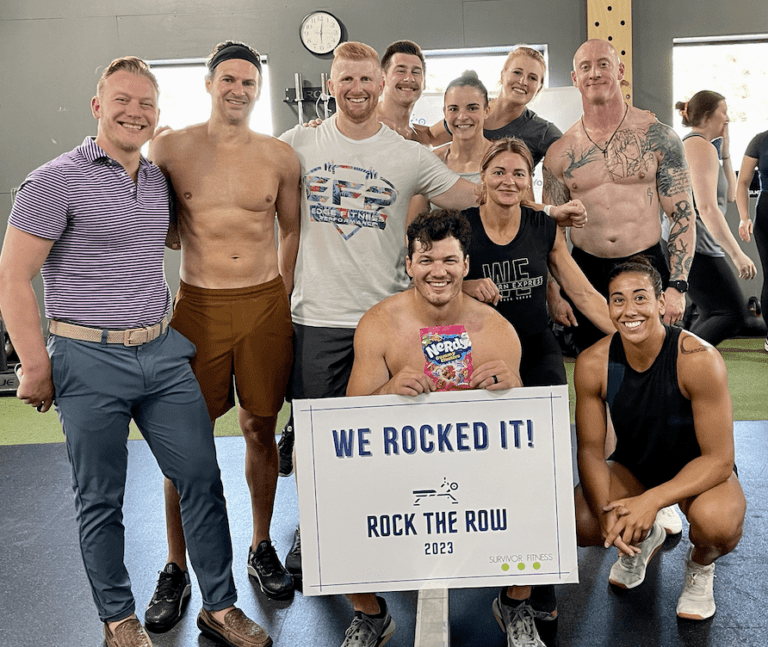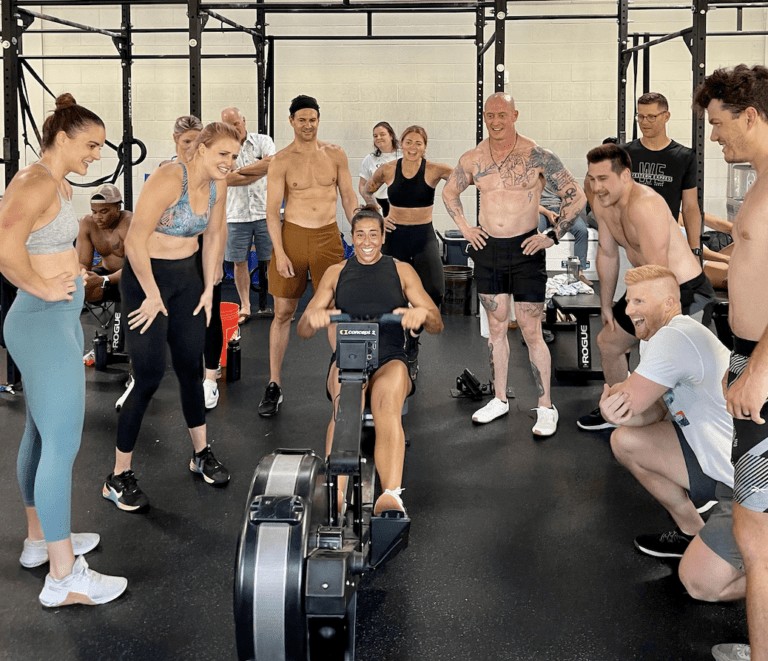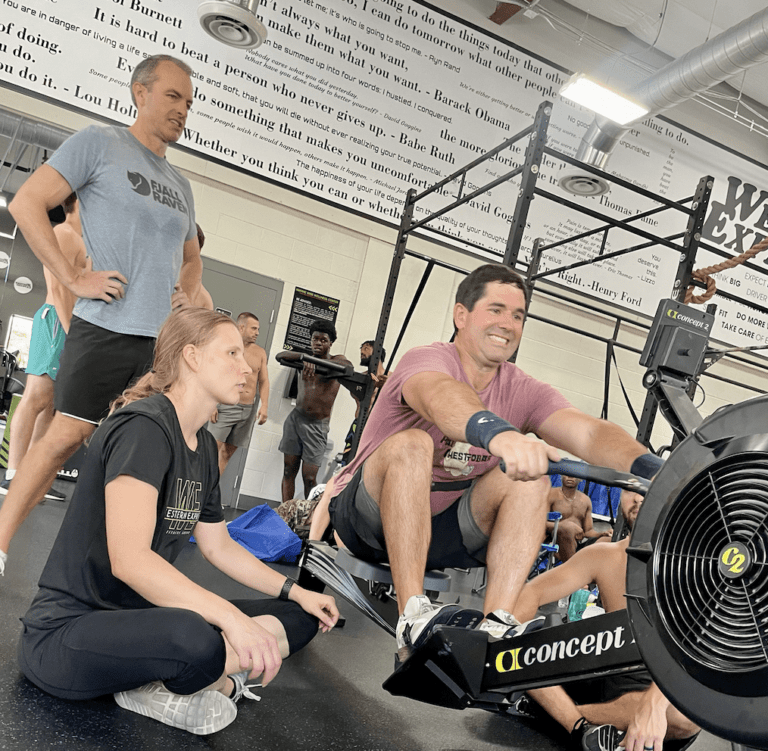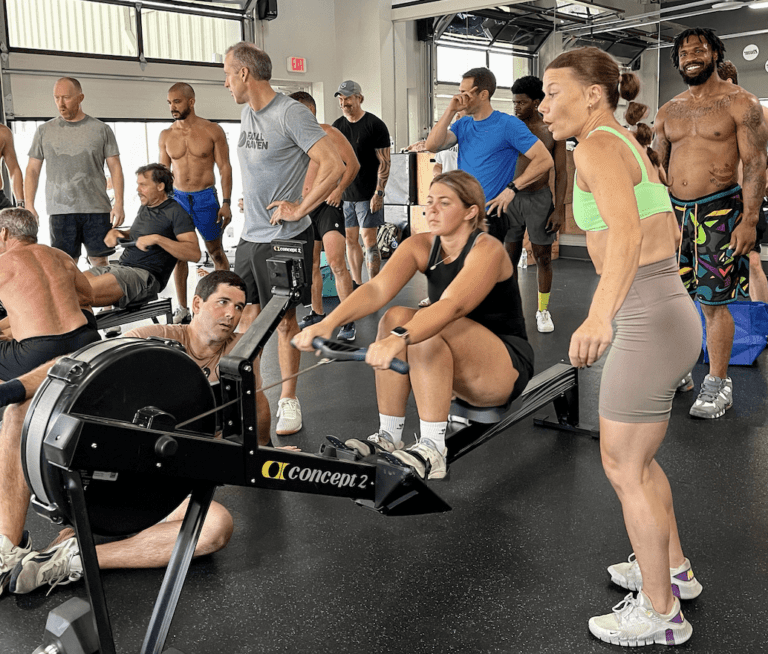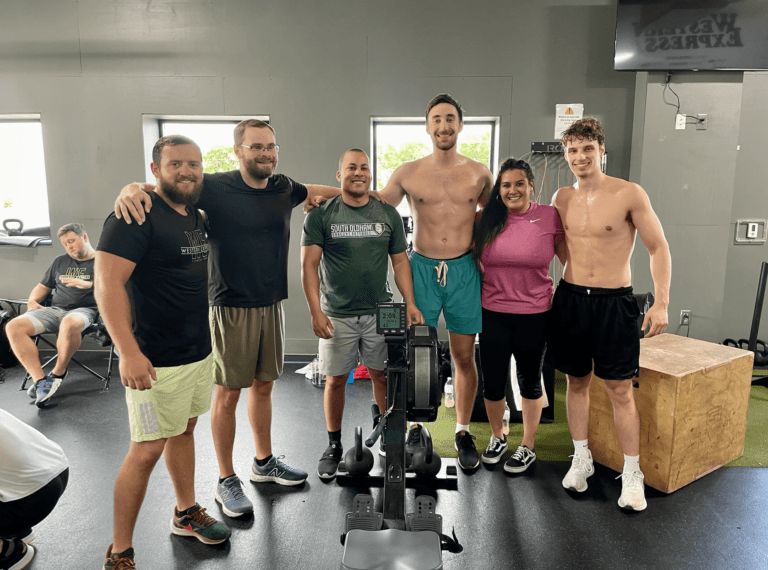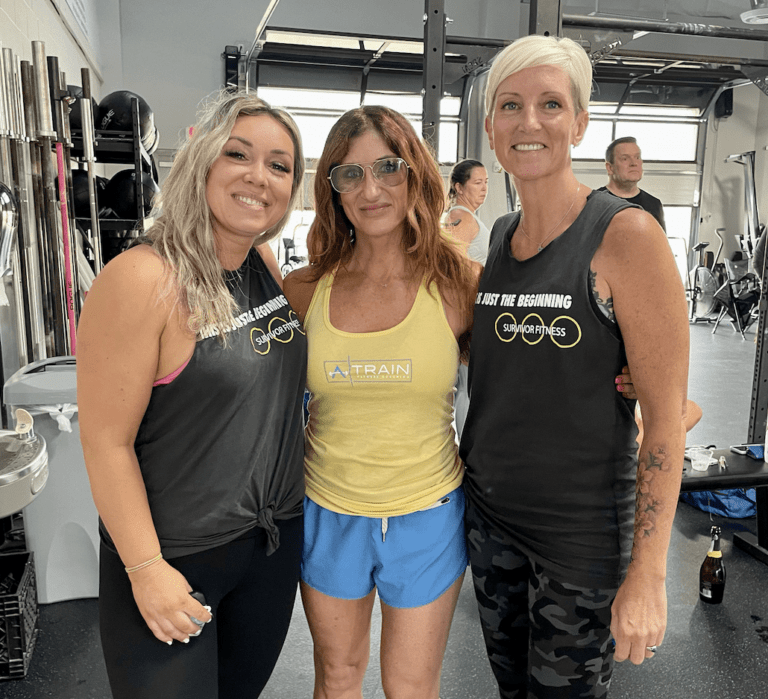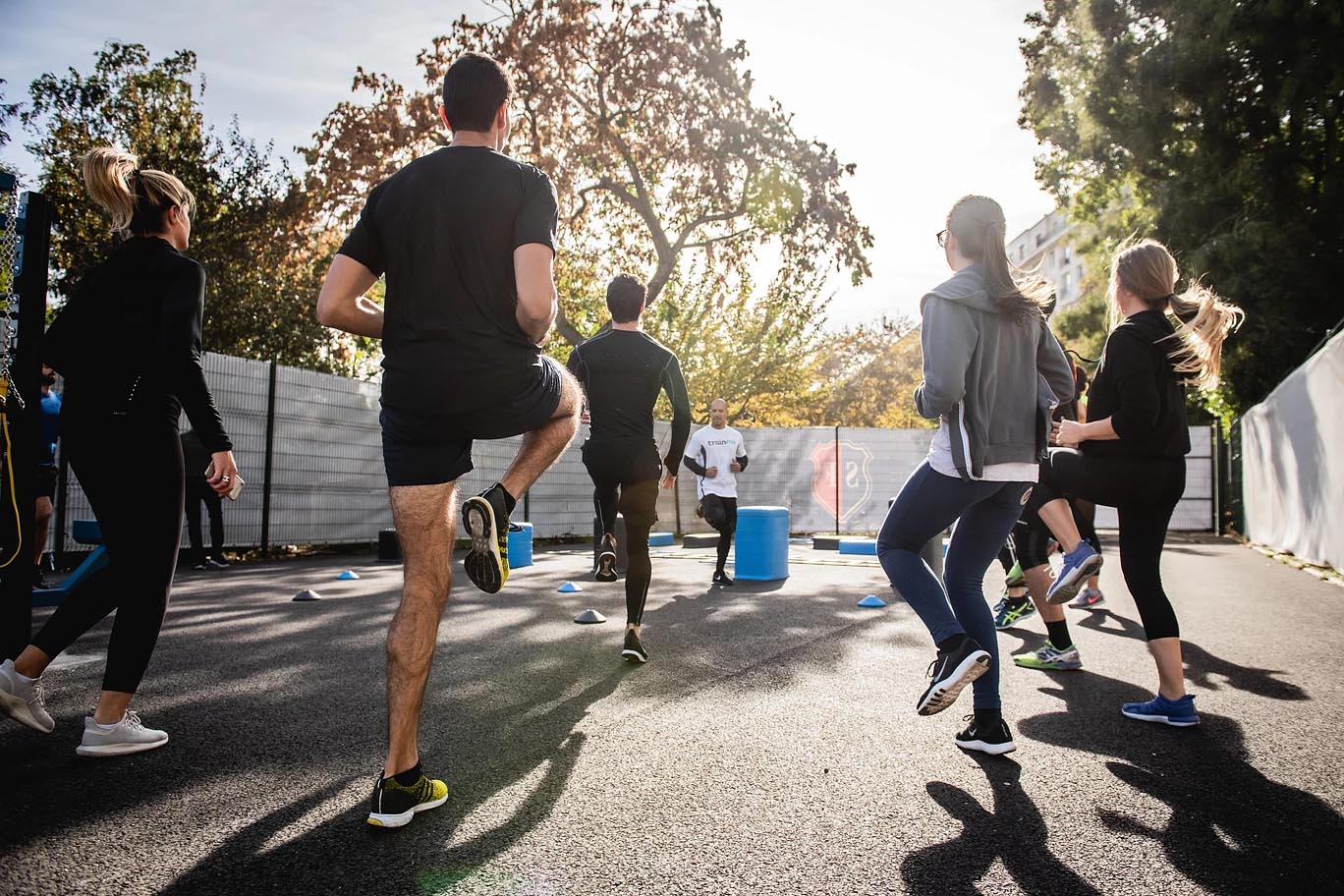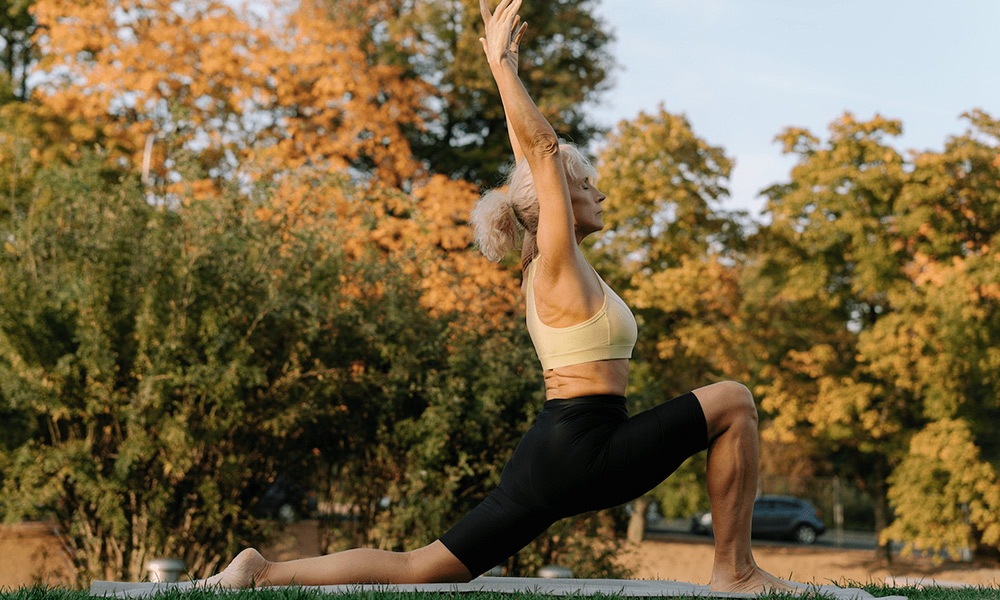We all know the physical toll that cancer and its treatment can take. Hair loss, weight fluctuations, and scarring are visible reminders of the battle you’ve fought. But the invisible impact of the emotional and mental challenges can often feel just as overwhelming. Whether you’re a young woman facing the loss of your breasts, a man grappling with fatigue and changed energy levels, or an older adult navigating new limitations, the journey to regain self-esteem and embrace your post-cancer body can be daunting.
At Survivor Fitness, we understand these challenges firsthand. That’s why our program was designed to help you regain physical strength after treatment and to address the holistic needs of cancer survivors, including the emotional journey. Countless participants have shared how our personalized program, combining fitness training, nutritional coaching, and now, mental health counseling, has empowered them to find renewed strength and self-love. While physical fitness undoubtedly plays a crucial role in boosting self-esteem, we firmly believe that a comprehensive approach is vital to true healing. If you’re feeling lost and unsure where to start, know this: you’re not alone.
Here are a few steps you can take to regain self-esteem after cancer:
1. Recognize Your Strength
Your body has been through a lot, and it may have changed. Instead of fixating on what’s lost, focus on what your body can still do. Celebrate its strength, resilience, and the amazing things it continues to accomplish.
2. Reconnect with Your Body
If you want to start a fitness routine after cancer, it’s essential to start small with gentle exercise routines. Practice mindful movement, listen to your body, explore activities you enjoy, and engage in self-care rituals. Reconnect with your body on a sensory level, appreciate its sensations, and rediscover the joy of movement.
3. Practice Self-Compassion
More than anything, it’s important to be kind to yourself. Acknowledge the emotional rollercoaster you’re on and validate your feelings. Be patient with your body as it heals and remember that progress takes time. Treat yourself with the same gentle understanding you would offer a loved one facing a similar struggle.
4. Redefine Beauty
Our culture often associates beauty with specific physical attributes, but cancer challenges these narrow definitions. Remember, beauty is multifaceted and also encompasses your strength, resilience, and the unique story of your scars. Embrace the changes in your body as a testament to your incredible fight.
5. Challenge Negative Thoughts
Most of the time, our inner critic can be our biggest enemy. When negative thoughts about your body surface, challenge them with facts and positive self-affirmations. Remember, your appearance does not define your worth.
6. Find Your Tribe
Surround yourself with supportive individuals who celebrate you for who you are and understand what you’ve been through. Connecting with other survivors can offer invaluable support and shared experiences, fostering a sense of belonging and acceptance.
7. Celebrate Small Victories
Recovery is a marathon, not a sprint. Celebrate every milestone, big or small, on your journey to feeling good in your own skin. Completing a workout, trying a new outfit, or simply allowing yourself to laugh are all victories worth celebrating.
Regain Your Self-Esteem with Survivor Fitness
Regaining your self-esteem after cancer is a journey, not a destination. But with the right tools and support, you can reclaim your confidence and embrace your beauty, inside and out. The Survivor Fitness program offers a personalized approach to healing that combines fitness training, nutritional coaching, and mental health counseling to empower you on your journey.
Ready to take the first step towards reclaiming your self-esteem?
Learn more about our program or submit an application to discover how we can support you on your path to healing and wholeness.


